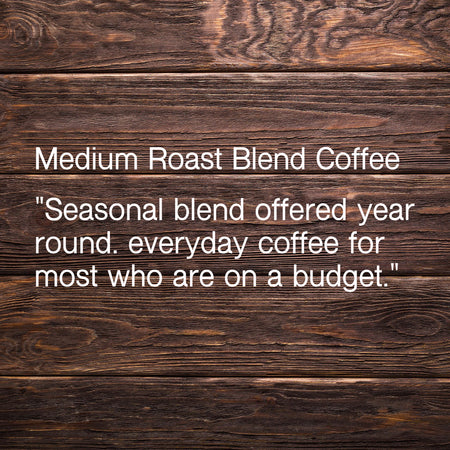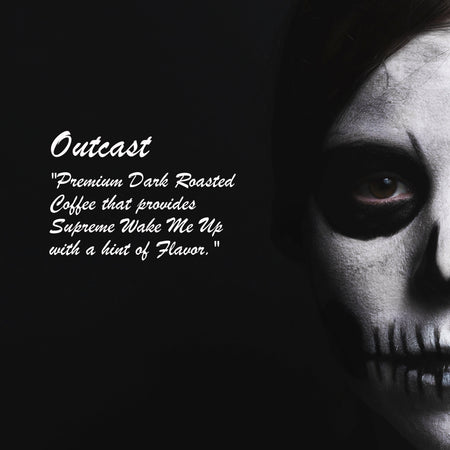When it comes to coffee, we all have our preferences. As someone who has dedicated years to roasting, brewing, and studying coffee, I've developed a palate that typically gravitates toward the bright, fruity notes of African coffees or the complex profiles of certain Colombian and Guatemalan varieties. Yet despite these personal preferences, there's one coffee that consistently proves itself to be the most important in my lineup: Brazilian coffee.
The Paradox of Brazilian Coffee
Here's a confession that might surprise you: I don't find Brazilian coffee particularly exciting to drink black. It doesn't offer the blueberry bombshell of an Ethiopian natural or the wine-like complexity of a Kenyan. But this perceived "drawback" is precisely what makes it so valuable.
Brazilian coffee is the world's most produced coffee, and chances are you're drinking it more often than you realize – whether in espresso blends, commercial coffee, or even specialty single origins. Its ubiquity isn't accidental; it's because Brazilian coffee delivers exactly what most coffee drinkers want.
What Makes Brazilian Coffee Special?
The magic of Brazilian coffee lies in its approachability. It typically features:
- A smooth, non-offensive profile
- Chocolate and nutty notes
- Low acidity
- Consistent flavor from hot to cold
- Remarkable versatility with additions like cream
When paired with cream or milk, Brazilian coffee transforms into something magical – "like chocolate milk in your mouth" as I often describe it. This welcoming profile creates an instant connection with people, whether they're coffee connoisseurs or casual drinkers.
The Forgiving Nature of Brazilian Coffee
One of the most remarkable aspects of Brazilian coffee is its forgiving nature. As a roaster, I've found that Brazilian beans are incredibly adaptable:
- They can be roasted quickly or slowly
- They perform well across brewing methods
- They're consistent across temperature changes
- They're nearly impossible to "mess up" when brewing
Unlike some finicky specialty coffees that require precise brewing parameters to taste good, Brazilian coffee tends to work well under nearly any circumstance. Brew it as a pour-over, in a Mr. Coffee machine, or as espresso – it adapts beautifully to each method.
The Gateway to Specialty Coffee
Understanding the role of Brazilian coffee changed my approach to roasting and my business. While I personally might prefer more complex flavor profiles, I recognized that Brazilian coffee serves as the perfect bridge between commercial coffee and the wider world of specialty coffee.
When someone tries a freshly roasted Brazilian coffee, they immediately recognize it's better than what they're used to, but it's not so different that it's off-putting. It's familiar territory with elevated quality – and that's exactly what most people need to begin their specialty coffee journey.
Think of it as a gateway drug to specialty coffee. If someone can enjoy a Brazilian coffee and appreciate its quality, they might eventually become curious about what else is out there. What would an Ethiopian coffee taste like? How about a Kenyan? That curiosity is what drives the specialty coffee market forward.
Meeting Coffee Drinkers Where They Are
The most important lesson Brazilian coffee has taught me is the necessity of meeting coffee drinkers where they are. While it might be tempting to push the boundaries with wild fermentation methods or ultra-light roasts that highlight acidity, most consumers aren't ready for that yet.
Brazilian coffee speaks to what 90% of coffee drinkers want most of the time. It's the coffee you can rely on, the one that's always in your cabinet because it works for any occasion. It's the coffee you can serve to a group with diverse preferences and know that everyone will enjoy it.
The Heart of Coffee Is Connection
At the end of the day, coffee is about connection – connecting with the drink itself and connecting with other people over a shared experience. Brazilian coffee facilitates these connections better than perhaps any other origin.
When I select coffees, I'm always thinking about the end user. How will they drink it? What will they enjoy most? While I could focus solely on coffees that excite my personal palate, I've learned that my role as a roaster is bigger than my own preferences. It's about creating experiences that people enjoy and that might inspire them to explore further.
So while I might not reach for a cup of black Brazilian coffee as my first choice, I recognize its undeniable importance. It remains the foundation of good coffee – reliable, approachable, and capable of bringing people together. And in the world of coffee, that's what truly matters.



